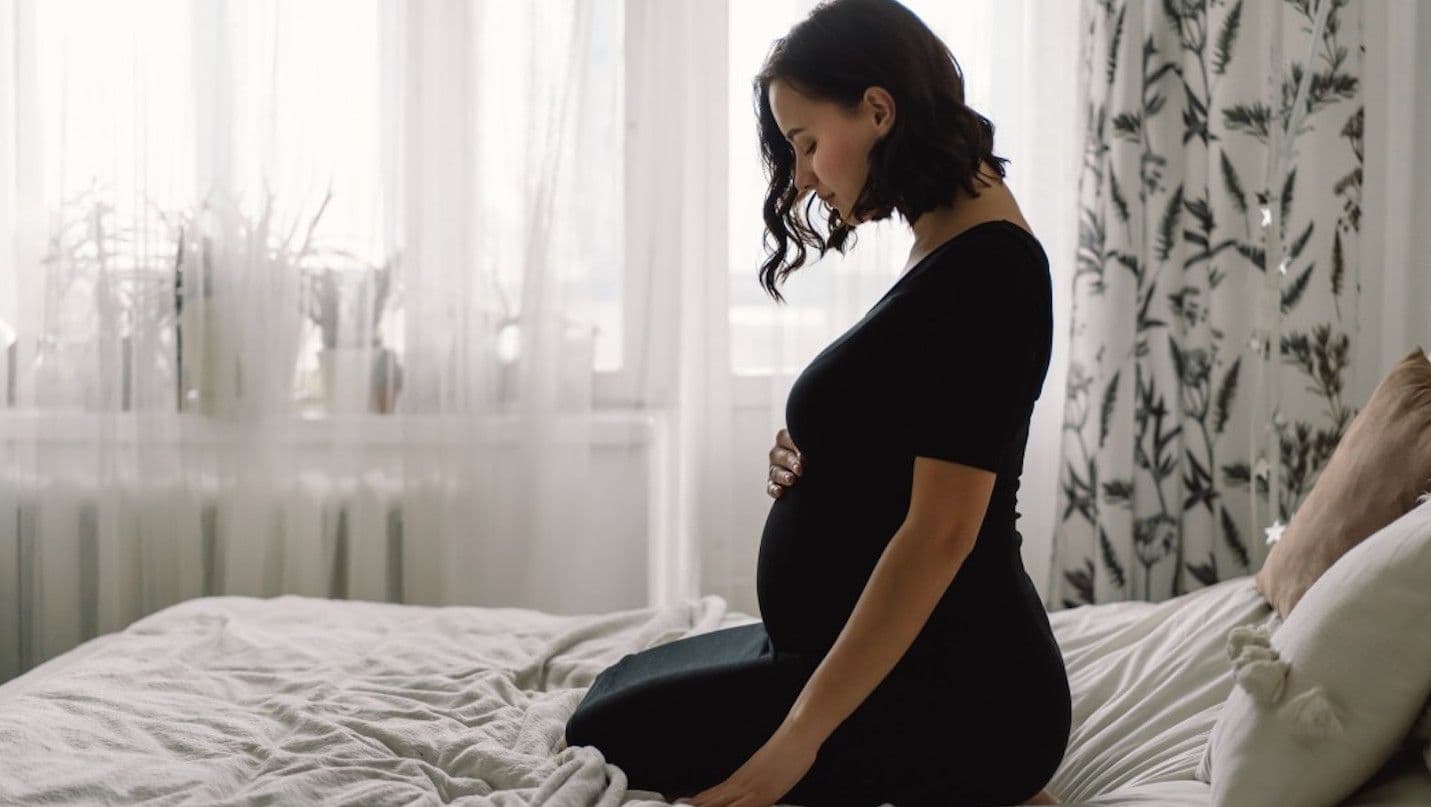Back Pain During Pregnancy
Pregnancy Symptoms
Obie Editorial Team

During pregnancy, your belly will grow and expand in ways you might not have imagined. Along with this growth comes the inevitable strain and discomfort, particularly in the form of back pain due to the added front load on your body. The key to managing back pain during pregnancy is adopting proactive strategies geared towards rest, relaxation, and appropriate support.
Back pain is one of the most common discomforts reported by pregnant women. It can manifest as sharp pains, a dull ache, or general discomfort in the lower back area.
Causes of Backache
The primary cause of backaches during pregnancy is the additional weight of the growing fetus putting pressure on your lower back. As your baby grows, the increased weight in the front can be more than what your lower back muscles can comfortably manage. Although these backaches are commonplace, they should not be overlooked as they can sometimes indicate the onset of labor.
Additionally, the hormone relaxin is released during pregnancy to facilitate ligament relaxation, allowing your abdomen to expand as needed. This hormone, however, can cause your back ligaments to relax and stretch, contributing to back pain.
Important Facts About Backache During Pregnancy
While lower back pain is common, you should be vigilant for sharp pains accompanied by abdominal pain, spotting, or discharge. These symptoms warrant immediate contact with your obstetrician as they might indicate labor.
Treatments for Backache During Pregnancy
Fatigue can exacerbate back pain during pregnancy. Stress and poor posture, like slumping shoulders, can worsen the discomfort. Improving your posture can provide significant relief. Try standing tall and pulling your shoulders back to elongate your spine and reduce curvature.
Additional treatments for pregnancy-related backache include resting with your feet elevated, taking frequent breaks if prolonged standing is necessary, and wearing shoes with low or no heels. After the first trimester, a professional pregnancy massage—performed by a masseuse trained in proper techniques—can also offer relief.
Preventing Backaches During Pregnancy
Several strategies exist to prevent severe backaches during pregnancy. These involve reducing the extra burden on your lower back. Belly straps, elevating your legs, and total body rest are some of the most effective measures.
Leg Prop
Propping up your legs is a highly effective way to alleviate back pain during pregnancy by relieving the extra weight on your lower back. Elevating your legs for 15 minutes once an hour can help mitigate backaches and prevent varicose veins.
Total Body Rest
Ensuring adequate total body rest is crucial for the well-being of both you and your baby. Taking frequent naps can rejuvenate your body and alleviate back pain. As your pregnancy progresses, try lying on your right side to prevent additional pressure on your liver and enhance blood circulation.
When Back Pain Signals Labor
As you approach the final weeks of pregnancy, it’s essential to monitor your backaches closely. Lower back pain can be an indication of impending labor, especially when accompanied by cramping or pressure in the vagina.
Does resting help back pain?
With the numerous internal changes occurring during pregnancy, your body gains a new profile. The growing belly places unbalanced weight on your lower back, which can cause varying degrees of back pain. During the second and third trimesters, it's essential to take breaks and rest your back to combat this discomfort. Moreover, exercise is a proven method to manage back pain effectively.
Do I need a pregnancy belt?
It's important to note that a pregnancy belt is not a guaranteed solution. Scientific research suggests that exercise is the most effective way to prevent and decrease pregnancy back pain.
Belly straps aim to redistribute the baby’s weight from your lower back to broader muscle areas. While useful, they must be used correctly to avoid additional muscle weakening or harm to your baby. Experts recommend minimal use—just a few hours per day at most.
If improperly used, a pregnancy belt can potentially harm your baby. Ensure the belt is not too tight to prevent it from putting unnecessary pressure on your belly, which could interfere with your baby’s development.
Used correctly, a pregnancy belt can offer significant relief, particularly if your lifestyle or job requires extended periods of standing.
How can I support my lower back?
Wearing loose-fitting clothes and supportive, comfortable shoes can significantly relieve back pain. Remember that your feet may swell during pregnancy, so you might need a different size for the second and third trimesters.
Look for products designed to support your growing belly, such as maternity support bands, which help distribute the baby’s weight more evenly across your body.
How can I distinguish labor from normal lower back pain?
As your pregnancy advances into the third trimester, pay close attention to your back pain. Persistent, changing, or sharply different back pain may indicate labor. Accompanying symptoms like abdominal cramping, spotting, breaking of membranes, and a strong urge to push are definitive signs that it’s time to call your doctor.









